"Unleashing Your Creativity: A Comprehensive Guide to DIY DJing and VJing"
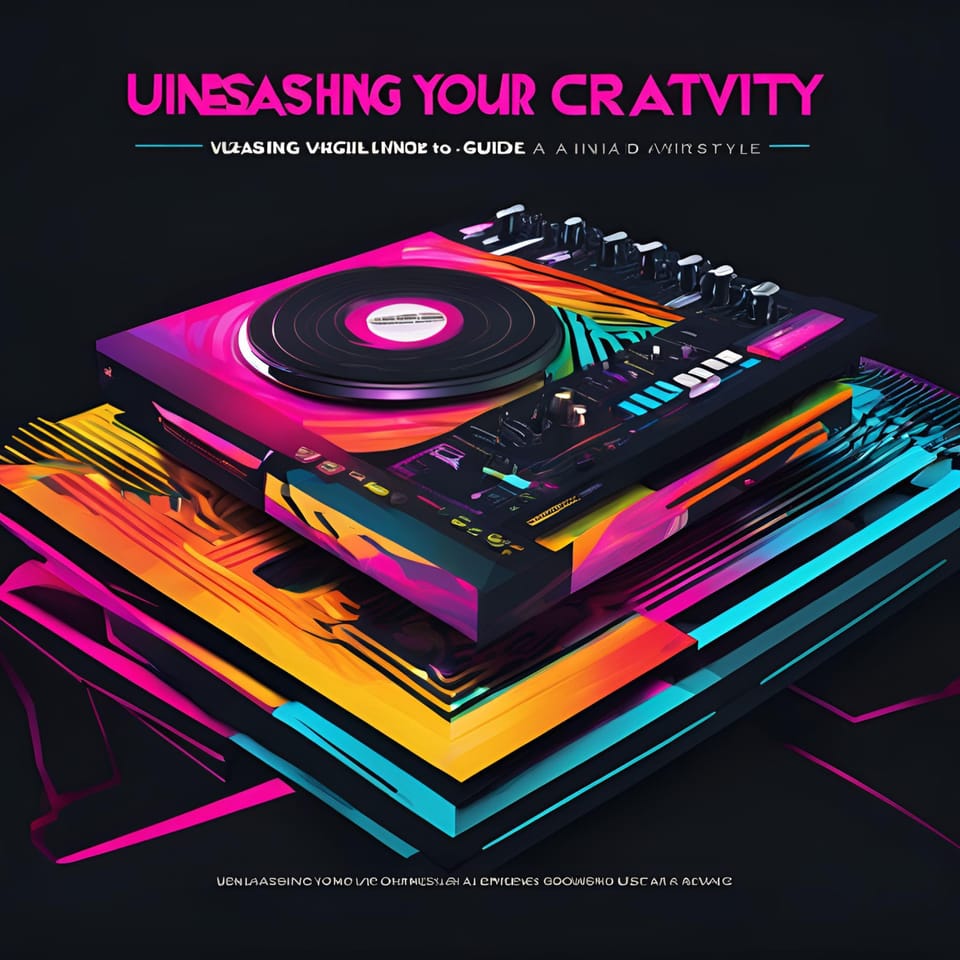

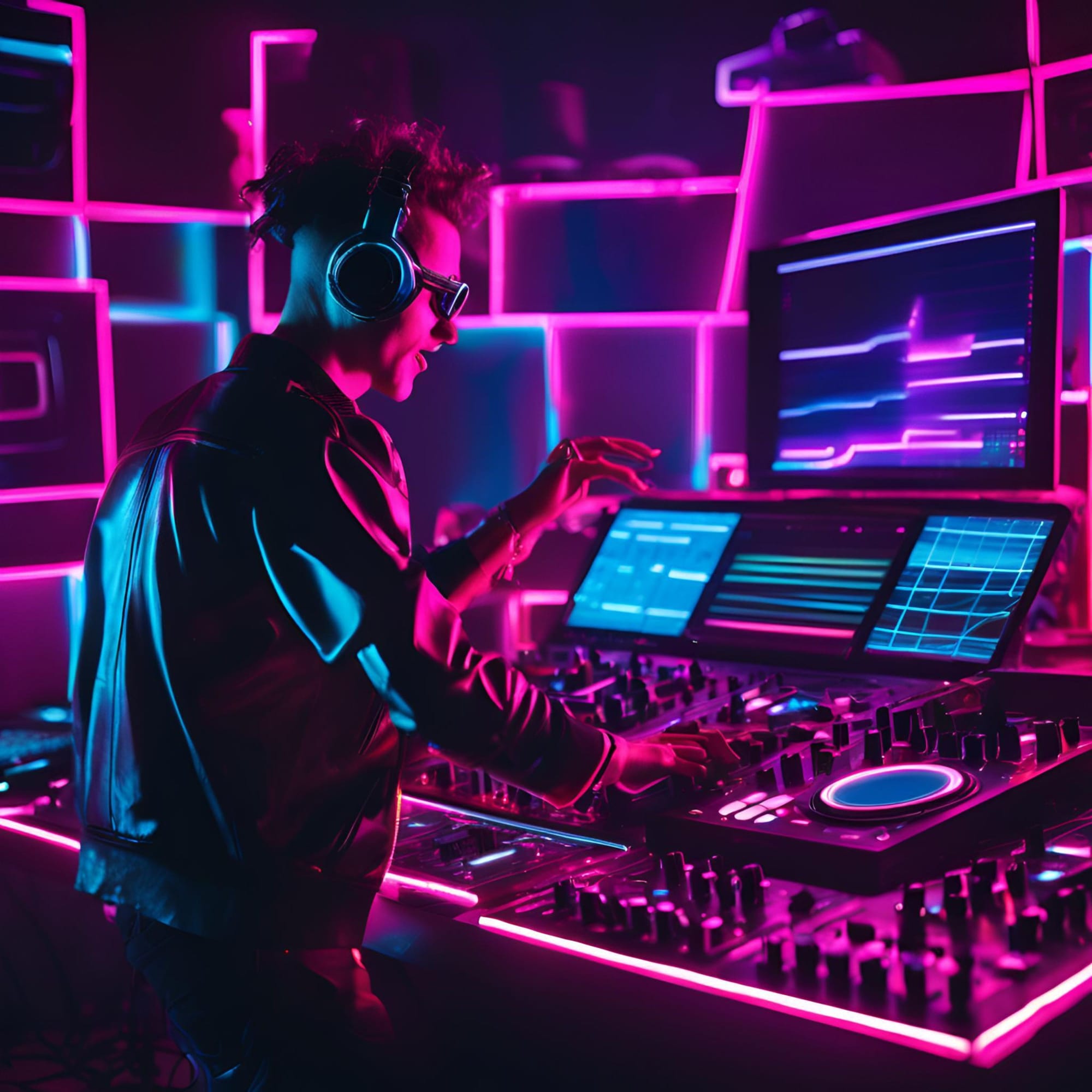
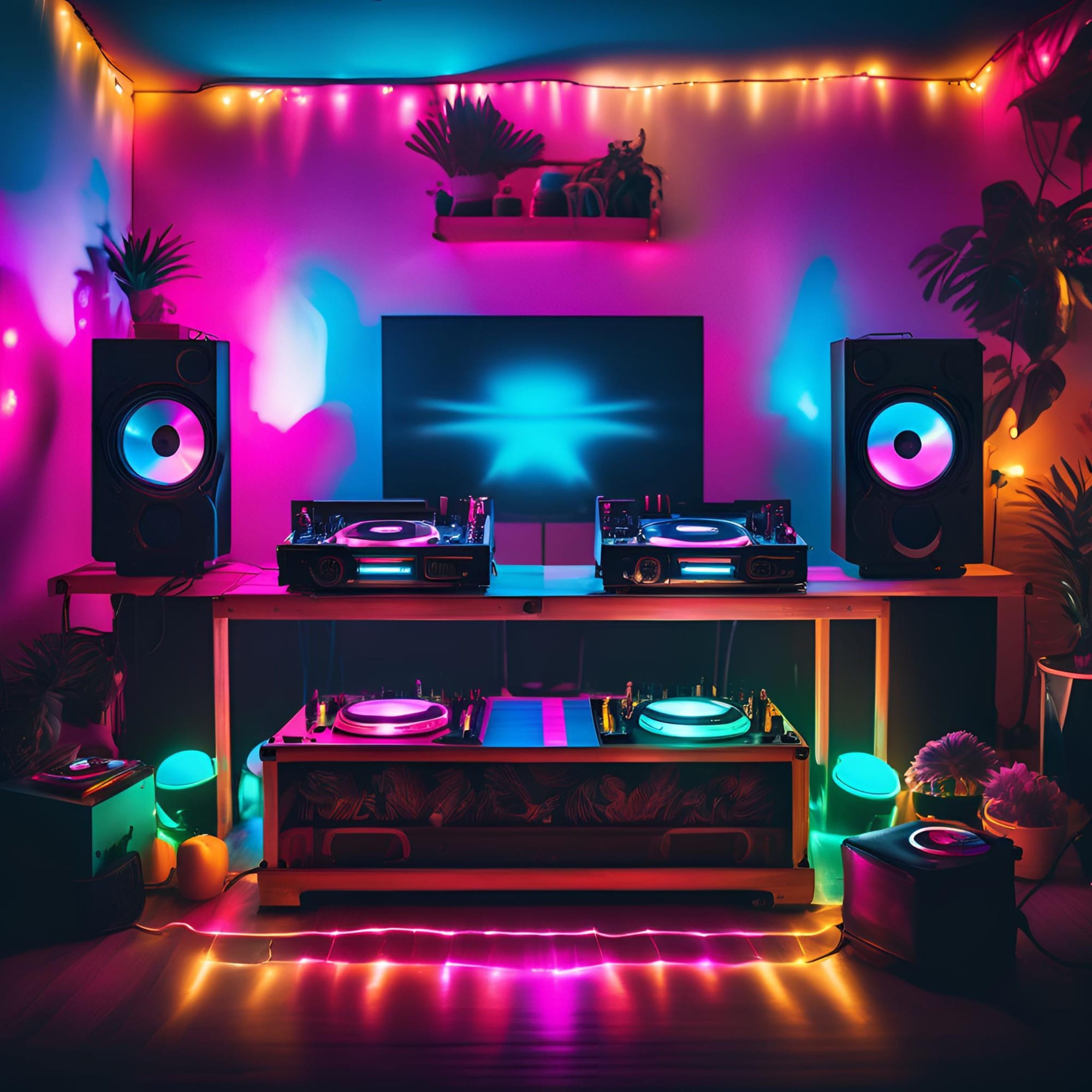

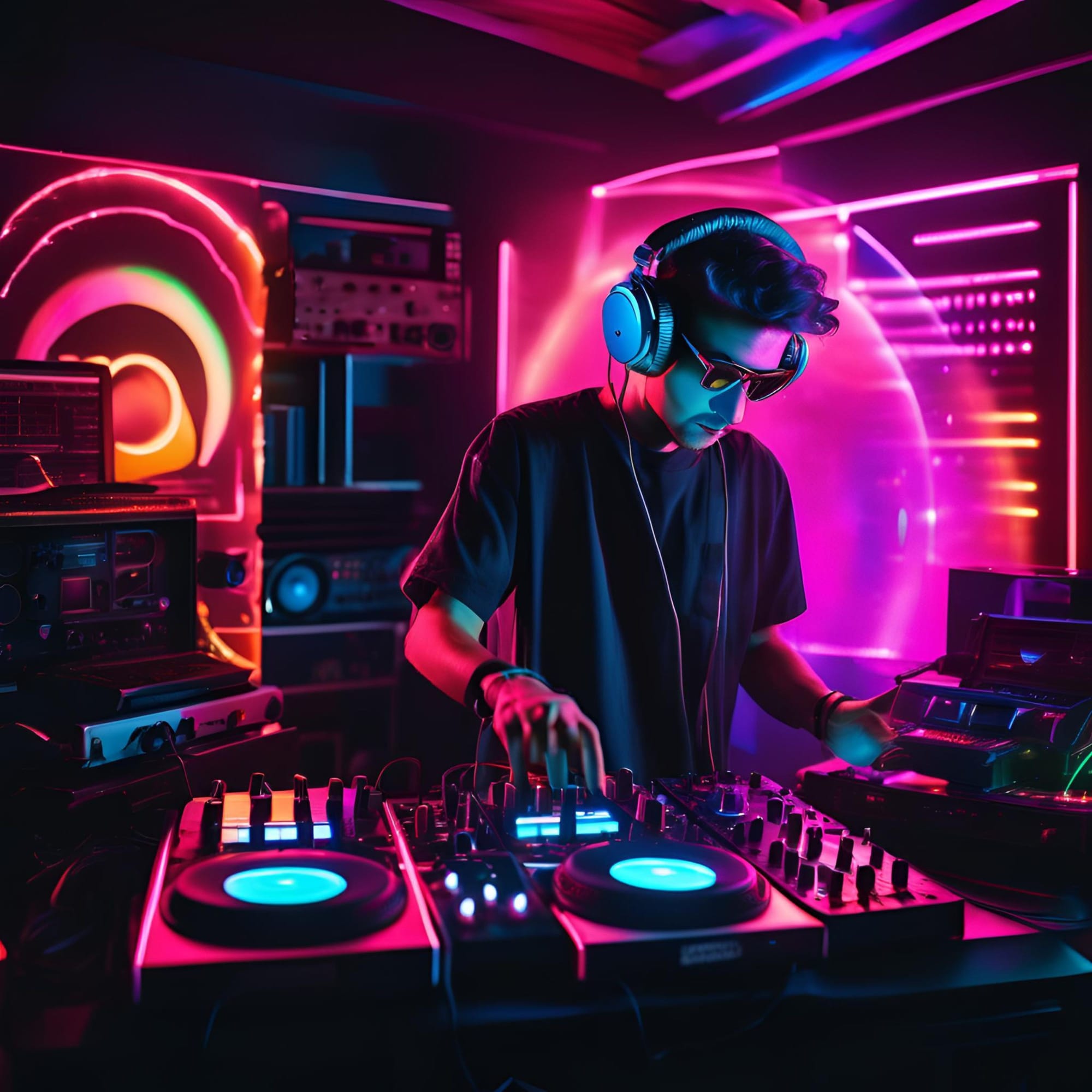
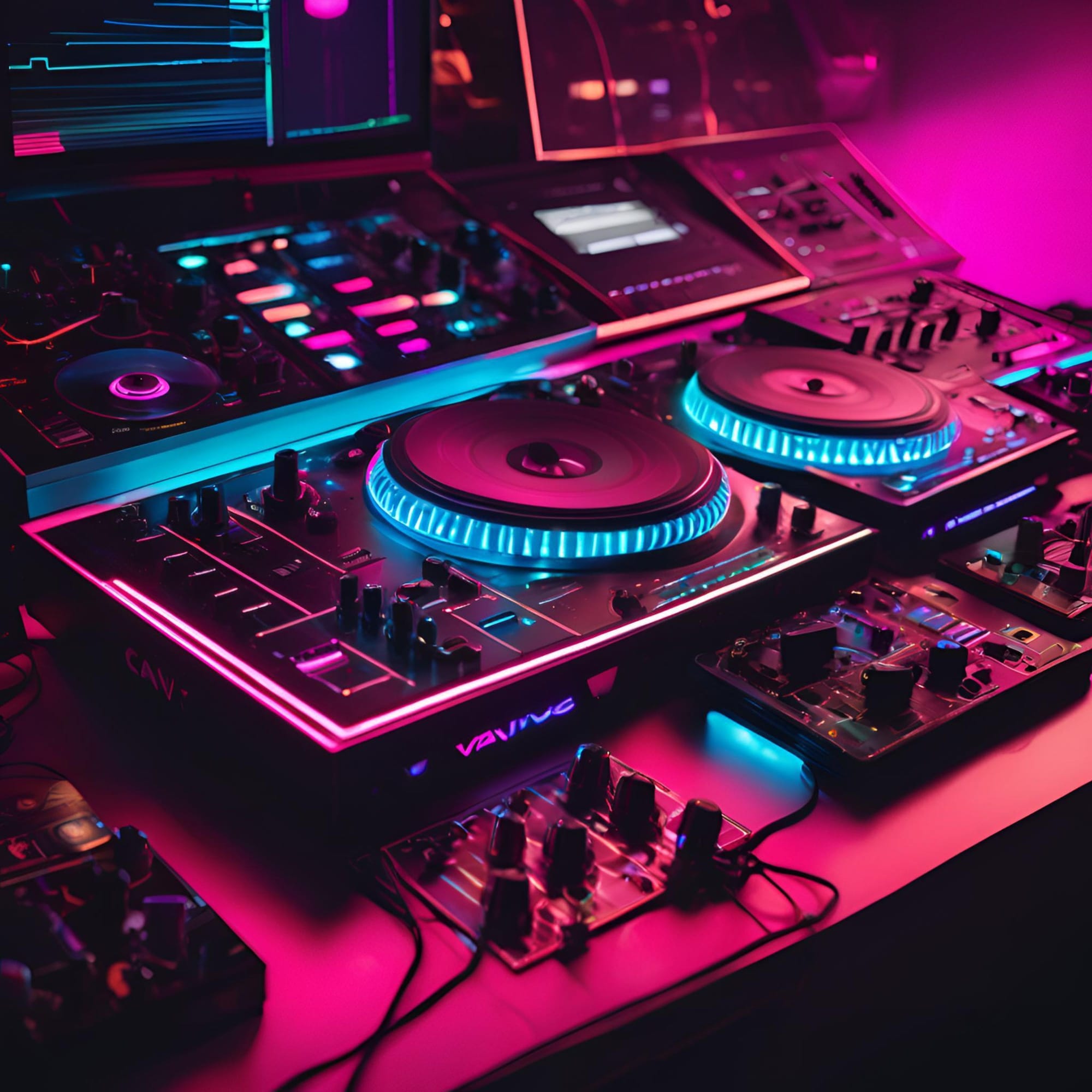
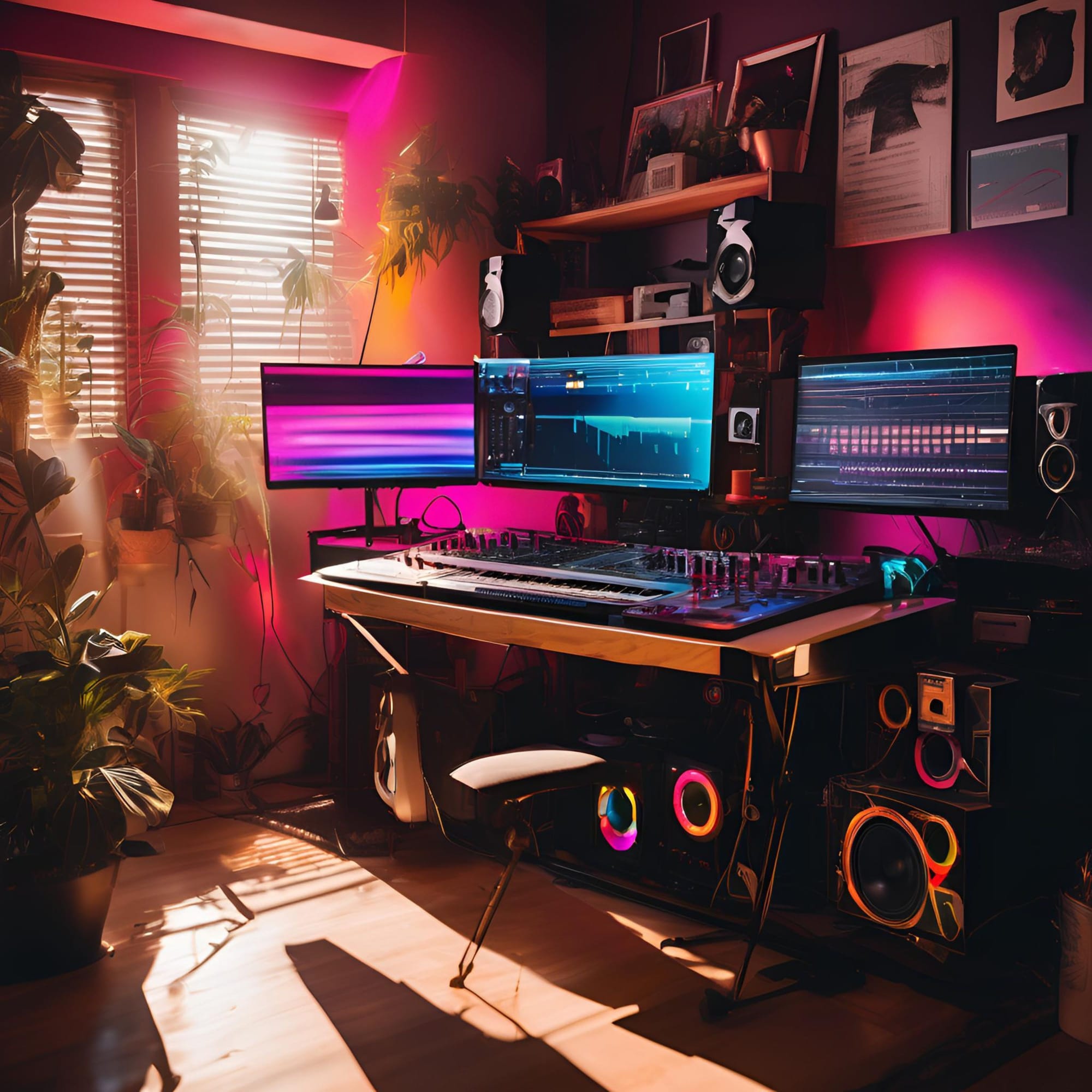
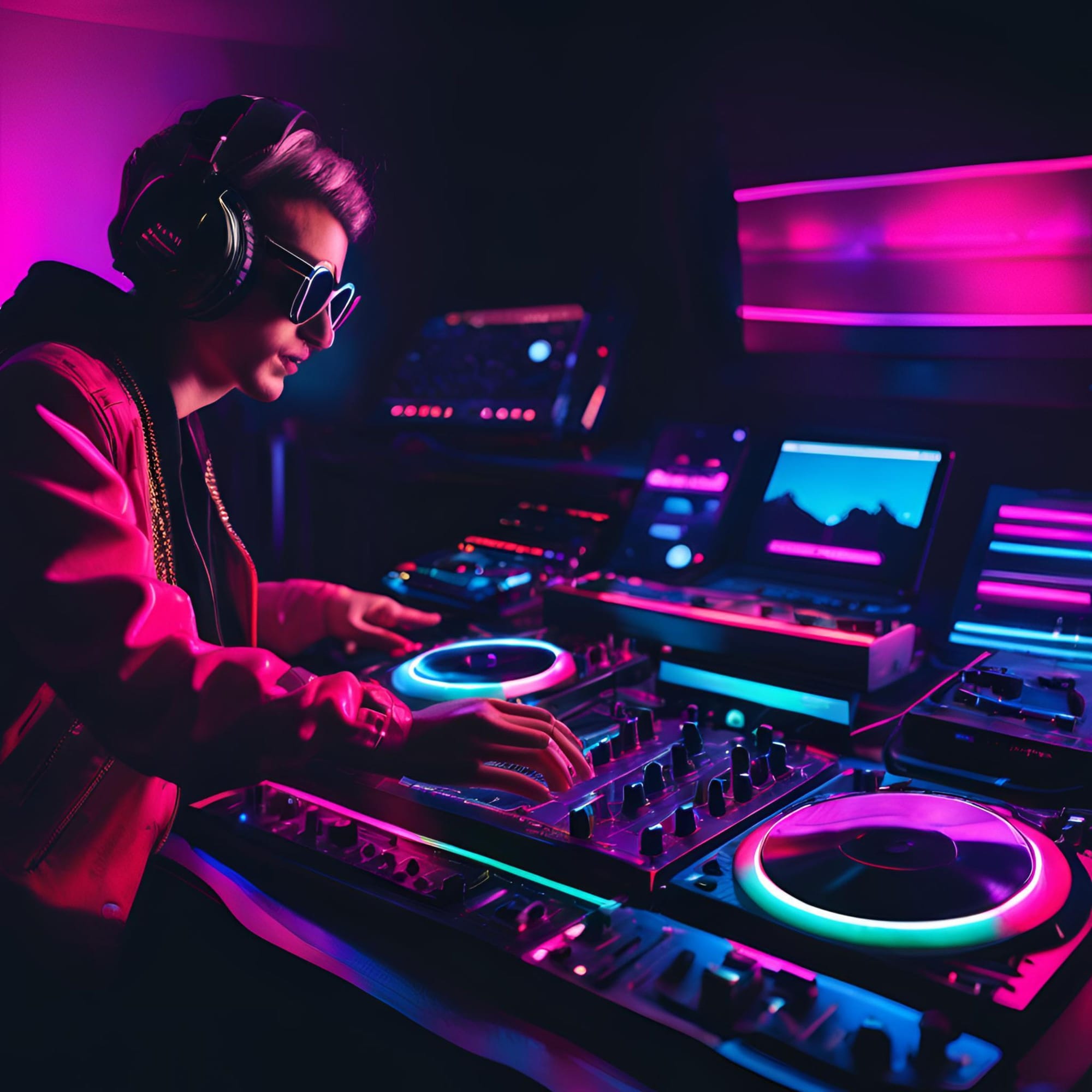
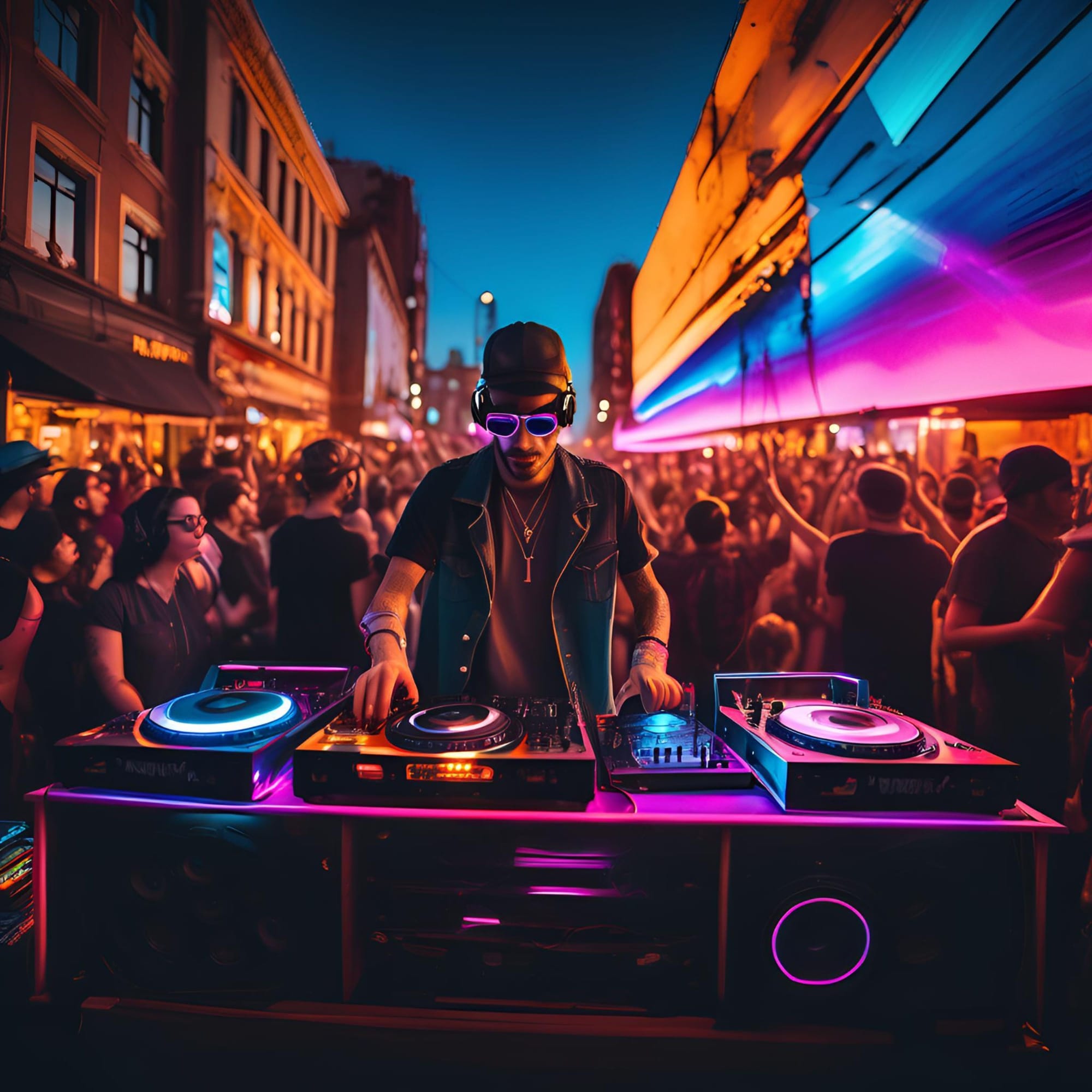
buymeacoffee.com coming soon..
Introduction to DIY DJing and VJing
In the vibrant world of music and visual arts, DIY DJing and VJing represent a revolutionary shift towards personal expression and creativity. At its core, DJing involves the art of mixing recorded music to create a seamless auditory experience, while VJing, or visual jockeying, is the practice of creating live visual performances that complement the audio experience. Both disciplines allow artists to engage audiences through a synthesis of sound and sight, making each performance unique and immersive.
The rise of DIY culture has democratized the creative process, empowering individuals to take control of their artistic endeavors without relying on large budgets or formal training. This movement encourages aspiring DJs and VJs to explore their creativity, experiment with new technologies, and cultivate their distinct styles. With the advent of accessible tools and platforms, anyone with a passion for music and visuals can dive into the world of DIY DJing and VJing, blurring the lines between artist and audience.
Today's technology landscape offers a plethora of tools tailored for both novice and seasoned artists. From advanced software programs that facilitate music mixing and visual creation to budget-friendly hardware that enables high-quality performances, the resources available are vast and varied. Whether you are looking to create a small home setup or aiming to perform at larger venues, there is an array of options to suit every need and budget. As we delve deeper into the realms of DIY DJing and VJing, we will explore the essential equipment, techniques, and promotional strategies that can help you carve out your niche in this dynamic creative field.
Essential Equipment for DIY DJing
Choosing the Right Hardware: Mixers, Turntables, and Controllers
When embarking on your DIY DJing journey, selecting the right hardware is crucial to your success and enjoyment. The core of any DJ setup typically includes a mixer, turntables, and/or controllers.
- Mixers: The mixer is the heart of your DJ setup, allowing you to blend different audio sources seamlessly. Look for a mixer that offers multiple channels, EQ controls, and effects. Depending on your style, you may prefer a traditional analog mixer or a digital one that integrates with software.
- Turntables: For those drawn to the art of vinyl, turntables are essential. Direct-drive turntables are favored for their speed and reliability, making them ideal for scratching and beatmatching. If you're a beginner, consider entry-level models that offer good sound quality without breaking the bank.
- Controllers: DJ controllers have become increasingly popular, particularly for those who want a compact and versatile solution. These devices combine a mixer and a control surface, allowing you to manipulate software with tactile controls. Look for controllers that are compatible with your preferred DJ software and have features like jog wheels, pads, and faders.
Software Options for Mixing and Producing
The software you choose can significantly impact your DIY DJing experience. There are a plethora of options available, each with unique features tailored to different skill levels and styles.
- Serato DJ: Renowned for its user-friendly interface and robust features, Serato DJ is a favorite among professional and amateur DJs alike. It offers excellent integration with various hardware and supports a wide range of formats.
- Traktor Pro: This software is known for its powerful track management and creative effects. Traktor Pro is ideal for DJs who enjoy innovative mixing techniques and live performance elements.
- Ableton Live: While primarily a music production tool, Ableton Live is increasingly used by DJs for its flexibility and real-time performance capabilities. It allows for unique mixing styles, making it a great option for those looking to incorporate live elements into their sets.
- Virtual DJ: A fantastic option for beginners, Virtual DJ offers a straightforward interface and ample features. Its extensive library of effects and compatibility with various hardware makes it an accessible choice for those starting in the DIY DJing realm.
Setting Up Your Home DJing Station
Creating a comfortable and functional home DJing station is essential for honing your skills and enjoying the process.
- Workspace: Choose a dedicated space where you can set up your equipment without interruptions. Ensure that the area is well-lit and has adequate airflow to keep you comfortable during long sessions.
- Equipment Arrangement: Organize your hardware for optimal workflow. Place your mixer at the center, with turntables or controllers on either side, allowing easy access to all components.
- Sound Setup: Invest in quality speakers or studio monitors to ensure you can accurately hear your mixes. Additionally, consider soundproofing your space with acoustic panels to minimize outside noise and enhance your listening experience.
- Cables and Connectivity: Keep your cables organized and labeled to avoid confusion during setup. Ensure that your audio interface or sound card is properly connected to your computer and that all devices are powered and functioning.
By carefully selecting your hardware, software, and setting up an efficient workspace, you'll be well on your way to mastering the essentials of DIY DJing, ready to create and share your unique sound with the world.
Techniques for Effective VJing
Understanding Visual Composition and Design
To create compelling visual experiences as a VJ, a fundamental grasp of visual composition and design is essential. This involves understanding the elements of design such as balance, contrast, rhythm, and unity. A well-composed visual set can elevate the audience's experience, enhancing the music rather than distracting from it. Familiarize yourself with concepts like the rule of thirds, color theory, and typography to effectively convey emotions through visuals. Experiment with layering images and video clips to build depth and texture, ensuring that your visuals complement the music's mood and tempo.
Synchronizing Visuals with Music Beats
One of the key aspects of effective VJing is the synchronization of visuals with music beats. This synchronization creates a cohesive and immersive experience for the audience. Utilize beat-matching techniques, where visuals change or transition in accordance with the rhythm of the music. Software tools often provide features such as audio analysis, which can detect beats and allow you to trigger visual changes accordingly. Additionally, consider the emotional highs and lows of the music; use dynamic visuals to amplify climactic moments and softer visuals during quieter sections. This attentiveness to timing can significantly enhance the overall impact of your performance.
Using Software and Live Tools for Real-Time Visuals
In the realm of VJing, the right software and live tools can significantly enhance your creative output. Software such as Resolume, VDMX, or Modul8 offers a range of features that enable real-time video mixing, effects application, and live manipulation of visuals. Familiarize yourself with these tools and explore their capabilities, such as layering multiple video sources, applying filters, and adding effects to create unique visual narratives. Moreover, consider integrating hardware controllers or MIDI devices to give you tactile control over your visuals, allowing for spontaneous creativity during performances. The ability to adapt and modify visuals on the fly will keep your audience engaged and make your sets memorable.
By mastering these techniques, you can develop a distinctive VJing style that resonates with your audience and complements your music, transforming live performances into unforgettable experiences.
Promoting Your DIY DJing and VJing Skills
Building an Online Presence Through Social Media
In today's digital age, establishing a strong online presence is crucial for any DIY DJ or VJ looking to gain recognition. Social media platforms like Instagram, Facebook, TikTok, and YouTube serve as powerful tools for showcasing your skills and connecting with a broader audience. Start by creating profiles dedicated to your DJing and VJing endeavors, where you can share videos of your performances, behind-the-scenes content, and updates on upcoming gigs. Engaging with your followers through regular posts, live streams, and interactive stories can help cultivate a loyal fan base. Additionally, utilizing relevant hashtags and participating in DJ and VJ communities can increase your visibility and attract new listeners and viewers.
Networking with Local Artists and Venues
Networking is an essential aspect of promoting your DIY DJing and VJing skills. Attend local music events, art shows, and community gatherings where you can meet other musicians, visual artists, and event organizers. Building relationships with these individuals can lead to collaborative opportunities and gigs that further enhance your exposure. Don’t hesitate to reach out to local venues and express your interest in performing; many places are always on the lookout for fresh talent. By fostering connections within your local scene, you can create a support system that not only benefits your career but also enriches the artistic community as a whole.
Recording and Sharing Your Sets Online
Recording and sharing your DJ and VJ sets online can significantly impact your promotional efforts. Platforms like SoundCloud, Mixcloud, and YouTube allow you to upload your mixes and performances for a global audience. Consider creating high-quality recordings that capture the energy and creativity of your live shows. Additionally, sharing snippets or highlights on social media can entice followers to check out the full set. Engaging with your audience by encouraging feedback and comments on your recordings can also help you refine your skills and build stronger connections with your listeners. Regularly updating your content and showcasing your growth as an artist will keep your audience interested and invested in your journey.
Conclusion
In conclusion, DIY DJing and VJing offer an exciting avenue for creative expression in the ever-evolving world of music and visuals. By understanding the fundamental concepts of both disciplines, aspiring artists can harness the tools and technologies that have become increasingly accessible in recent years. From selecting the right equipment to mastering the essential techniques for live performances, the journey into DIY DJing and VJing is one that encourages experimentation and innovation.
The rise of DIY culture has democratized the ability to produce and share art, allowing individuals to express their unique perspectives and connect with audiences worldwide. Whether you're spinning tracks at a local venue or creating mesmerizing visual displays for online platforms, the skills you develop along the way will not only enhance your craft but also contribute to the vibrant community of artists pushing the boundaries of music and visual art.
Moreover, promoting your DIY DJing and VJing skills through social media and networking can open doors to new opportunities and collaborations. Recording and sharing your sets online not only showcases your creativity but also helps build a following that can support your artistic journey.
Ultimately, the world of DIY DJing and VJing is a testament to the power of creativity and community. With passion and dedication, you can carve out your niche, inspire others, and make your mark in this dynamic landscape. Embrace the process, enjoy the ride, and let your imagination run wild as you explore the endless possibilities of DIY DJing and VJing.

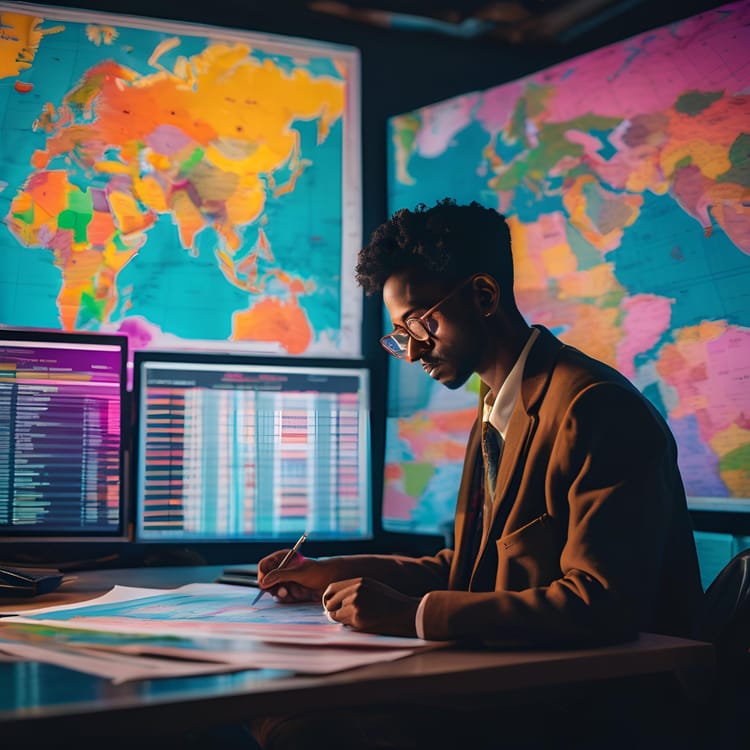
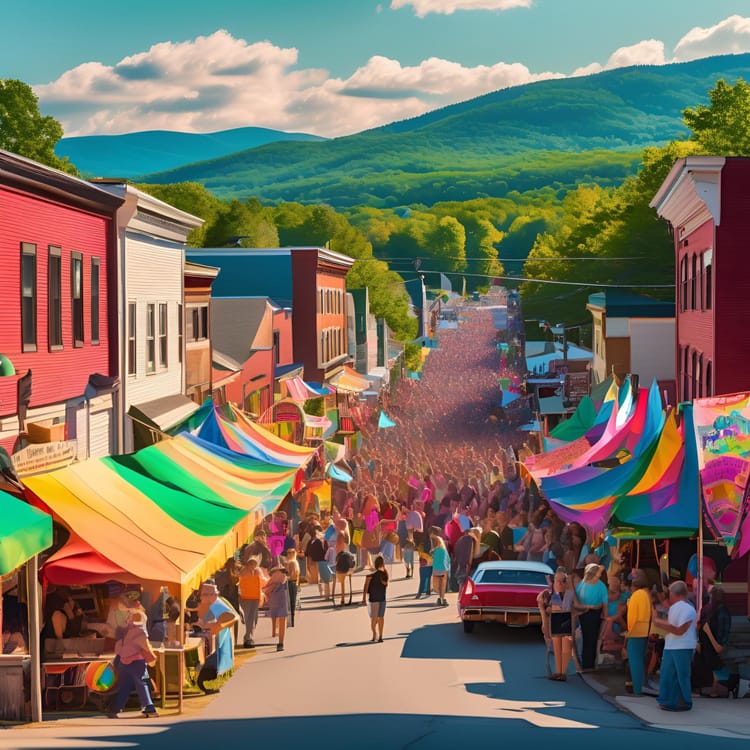
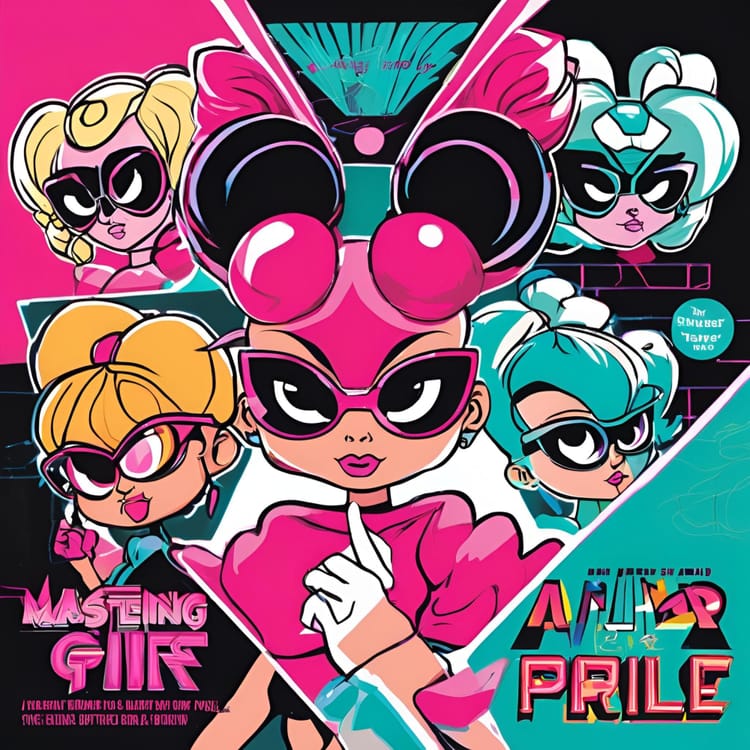

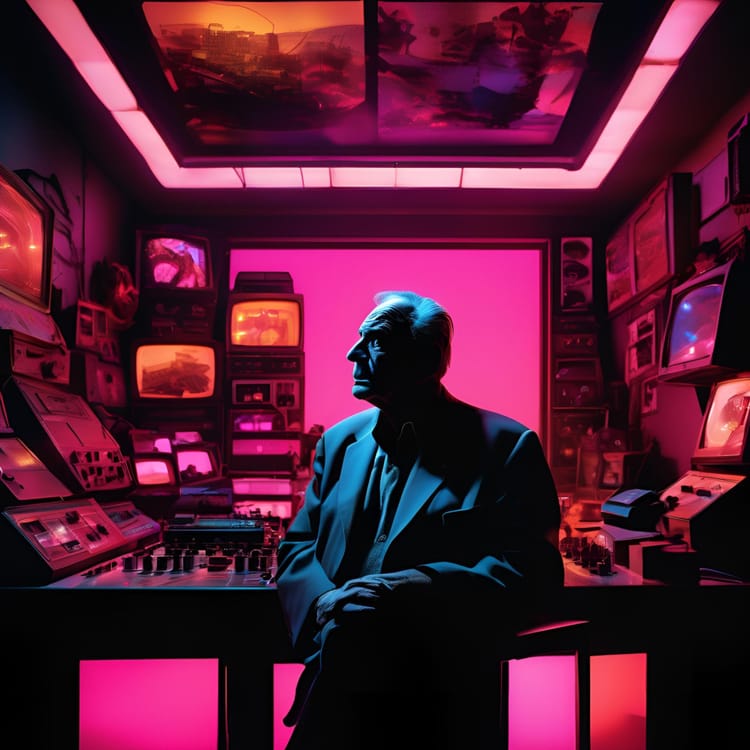
Member discussion